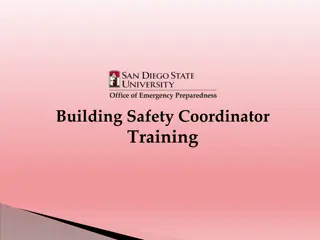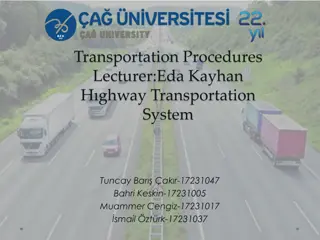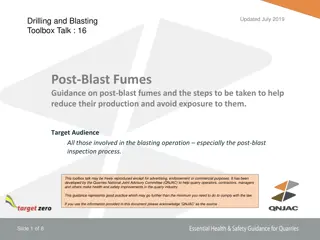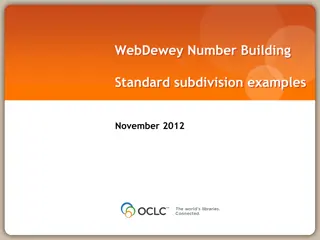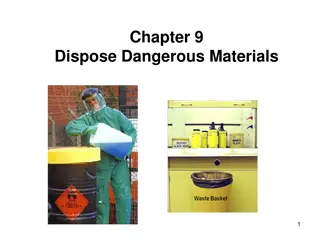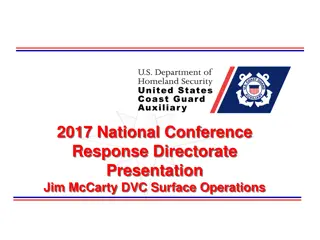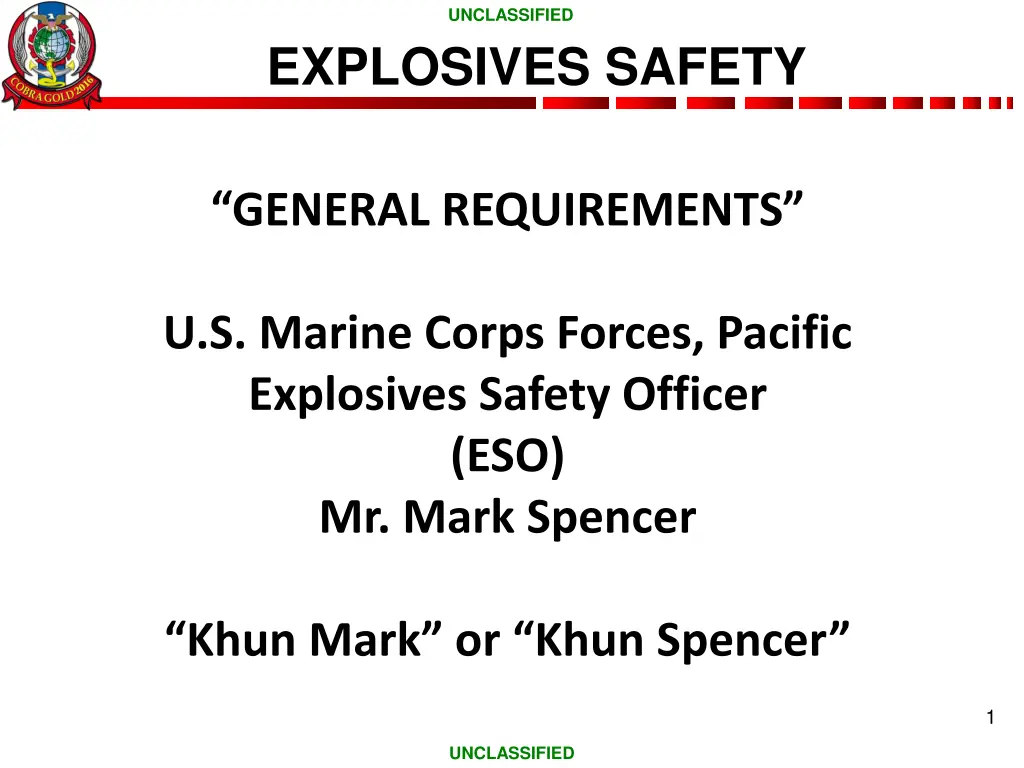
Marine Corps Forces Pacific Explosives Safety Requirements
Learn about the general requirements for handling explosives in the U.S. Marine Corps Forces, Pacific, including proper ammunition handling, physical security measures, and fire safety protocols to ensure safety and effectiveness in operations.
Uploaded on | 1 Views
Download Presentation

Please find below an Image/Link to download the presentation.
The content on the website is provided AS IS for your information and personal use only. It may not be sold, licensed, or shared on other websites without obtaining consent from the author. If you encounter any issues during the download, it is possible that the publisher has removed the file from their server.
You are allowed to download the files provided on this website for personal or commercial use, subject to the condition that they are used lawfully. All files are the property of their respective owners.
The content on the website is provided AS IS for your information and personal use only. It may not be sold, licensed, or shared on other websites without obtaining consent from the author.
E N D
Presentation Transcript
UNCLASSIFIED EXPLOSIVES SAFETY GENERAL REQUIREMENTS U.S. Marine Corps Forces, Pacific Explosives Safety Officer (ESO) Mr. Mark Spencer Khun Mark or Khun Spencer 1 UNCLASSIFIED
UNCLASSIFIED HANDLING Proper handling of ammunition is critical Ammunition in this environment is usually Not properly packaged Has been subjected to adverse environments (weather, transportation, use) Careless handling of ammunition and explosives containers may dent cartridge cases, damage rotating bands of projectiles, break or damage containers, or obliterate identification markings Actions may cause malfunctions Cause the ammunition to become unserviceable The following regulations shall be observed during ammunition and explosives handling operations: Protect from mud, sand, dirt, and water Separate Unserviceable from serviceable ammunition and explosives Captured enemy ammunition and Coalition ammunition should be separated from U. S. or allied ammunition Hazards of Electromagnetic Radiation to Ordnance (HERO) shall be taken into consideration 2 UNCLASSIFIED
UNCLASSIFIED PHYSICAL SECURITY Physical Security requirements contained in Marine Corps Order 5530.14A and Department of Defense Directive 5100.76 Unless storing in a Magazines or Military-Owned Demountable Container (MILVAN)/International Standards Organization (ISO) containers ammunition will be stored in the open Sites should be protected by berms so the area is not visible If using electronic surveillance ensure electrically sensitive ordnance is safeguarded against transmissions Access to ammunition. An access roster should be maintained whether the ammunition is stored in an Ammunition Supply Point (ASP) or in a unit area Local nationals and Coalition partners need to be considered. limit the number of personnel in an ASP Limit the number of areas where ammunition is stored UNCLASSIFIED
UNCLASSIFIED FIRE SAFETY Fire is one of the greatest threats to ammunition and explosives. Fire fighting is dependent upon the contents and magazine type. Personnel safety and lifesaving must be taken into consideration prior to making the decision to fight a fire. Fire Division 1 Fully developed fire must not be fought. Fire Division 2 External ammunition fires can be fought in close proximity of the magazines except in the direction of the head-wall or doors. No firefighting at all in case of light structure magazines Fire Division 3 Fully developed fire must not be fought. Fire Division 4 Fires involving items of Fire Division 4 may be fought as dictated by the situation. UNCLASSIFIED
UNCLASSIFIED FIRE SAFETY Fire is one of the greatest threats to ammunition and explosives Fire can originate from natural causes (lightning), carelessness enemy action (indirect fire), or from degrading ammunition Vegetation should be cleared to 50 feet from the storage area, vegetation should be cut to a height no higher than 18 inches/0457 meters Water barrels should be placed at locations where White Phosphorus is stored Fire boxes should be constructed and placed within the ASP and Contain dry sand, water barrels and buckets, brushfire beaters, brooms and shovels. Burlap sacks, drums of water Fire/Chemical symbols posted if they do not compromise security If applicable base/camp fire department is provided with information on the ASP Dunnage should be kept to a minimum UNCLASSIFIED
UNCLASSIFIED COMMUNICATION Communication is both verbal and visual. Examples of communication include Electronic communication should be furnished to explosives storage and operating areas to provide quality of life support in the event of accidents, incidents The ASP should have a way to communicate with the fire department and security Personnel should be provided with communication equipment when working in the ASP Fire map should be developed and submitted to the base/camp fire department Physical security should know the location of ammunition and storage areas Communication plans and procedures should be developed to support operations both internal and external to ammunition and explosives area operations UNCLASSIFIED
UNCLASSIFIED PERSONNEL REGULATIONS Ammunition handlers should be medically fit and possess proper license Material Handing Equipment (MHE) and Explosive Drivers Ammunition handlers should be in a qualification/certification program eQual/Advance Skill Management (ASM) Training Database Articles of adornment should be kept to a minimum Working parties if used must be supervised by a qualified/certified individual Team Leader or above Safety Briefings must be provided by use of Standard Operating Procedures (SOP) Eating should not be conducted in the ASP, contamination from the explosives Spark producing items should not be carried by personnel working around ammunition and explosives Proper Personnel Protective Equipment (PPE) is required to be worn when conducting Receipt , Storage, Segregation and Issue (RSS&I) Operations Clothing that causes static electricity should not be worn when conducting operations with electrically sensitive ordnance 7 UNCLASSIFIED
UNCLASSIFIED EXPLOSIVES SAFETY QUESTIONS? 8 UNCLASSIFIED
UNCLASSIFIED UNCLASSIFIED





